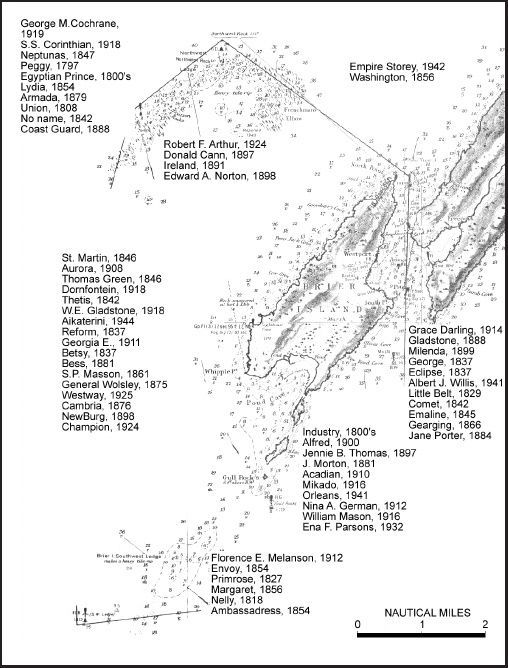Brier Island Lighthouse, Westport, Nova Scotia
- Madeline

- Aug 13, 2022
- 3 min read
Updated: Jul 14, 2024
Nova Scotia is 1 of the 3 maritime provinces of Canada and it's no wonder why. Even the inland areas of Nova Scotia are never more than 42 miles (67km) from the ocean. The province boasts 160 lighthouses, the most out of all the Canadian territories.
Brier Island Lighthouse, also called Western Light, is located at the western-most point of Nova Scotia. South of this point is considered the Gulf of Maine and north of it, the Bay of Fundy. The lighthouse stands on Brier Island, which is 1 of 2 islands part of the Digby Neck & Islands region.

Most early Canadian lighthouses are wood frame due to the limitations in local building materials and climate conditions. The first Brier Island Light was no different. It was designed by builder Isaiah Shaw and completed in 1809. It holds the distinction as being the 1st lighthouse on the Nova Scotian coast of the Bay of Fundy and the 4th lighthouse to be built by the Nova Scotia government. The reason this location was chosen first is because during this time, the region at the gateway to the Bay was known as the "Graveyard of the Fundy" because of the many shipwrecks due to frequent dense fog and dangerous currents and riptides.

The original lighthouse tower at Brier Island was painted white and had a wooden lantern. The first documented keeper was John Suthern, who served in the position from 1820 until 1867. Interestingly, his grandson Joshua Slocum grew up on the island and was the first person to sail solo around the world from 1895-1898.
Unfortunately, by 1818 Brier Island Light was described as "so vilely constructed and ill lighted" that it was a hazard. (Probably one of the best descriptions of an early lighthouse that I've read.) This subpar construction lead to a new structure being built in 1832. It was another wood frame structure although this time with an iron lantern. The tower was 55 feet high, placing the light 92 feet above the water level. The light flashed white.

Sometime around 1910 this 2nd generation lighthouse was painted with the now characteristic markings - red and white horizontal bands.

Unfortunately, this second wood structure burned down in 1944, and the replacement 3rd generation light was a tapered, octagonal, reinforced-concrete tower, which currently stands on site. The characteristic bands were reinstalled, alternating red and white. The new(er) tower stands at 60 feet tall and 95 feet above the water level. The light was automated in 1987 and outfitted with a 4th order dioptric lens, flashing white in 1992. There is also a fog signal.

Brier Island Light became protected under Canada's Heritage Lighthouse Protection Act in 2021. The designation was on the grounds that the lighthouse is an early example of navigational aids in the Bay of Fundy and also an example of the socio-economic development of the Digby Neck and Islands. It's also hard to deny the community value which the lighthouse holds. Although other structures used to dot the coastline, it is now the only significant structure along the rugged coast and is a highly valued symbol of the local community.

Technically, Brier Island Light is accessible by car but you have to take the single road that transverses the length of Digby Neck to East Ferry. Then you take a ferry to Long Island, drive the length of Long Island, take another ferry from Long Island to Brier Island, and drive the short length of Brier Island. If you do ever venture out to Brier Island, it's also a popular destination for whale watching, bird watching, and coastal hiking.

Keepers:
J.T. Hughes (1811-1812)
John Suthern (1820-1867)
Joseph Suthern (1867-1883)
Joseph E. Bancroft (1884-1901)
John N. Peters (1901-1922)
Albert L. Welch (1922-1961)
Gilbert Ingersoll (1966-1987)
Sources:
BrierIsland.com
TheCanadianEncyclopedia.ca, Lighthouses, David M. Baird
Nova Scotia Lighthouse Preservation Society, Kathy Brown
DigbyNeckandIslands.ca
Brier Island Lighthouse, Parks Canada Directory of Federal Heritage Designations
Lighthouse Friends
Some Shipwrecks of Brier Island, Nova Scotia, Art McKay
Comments